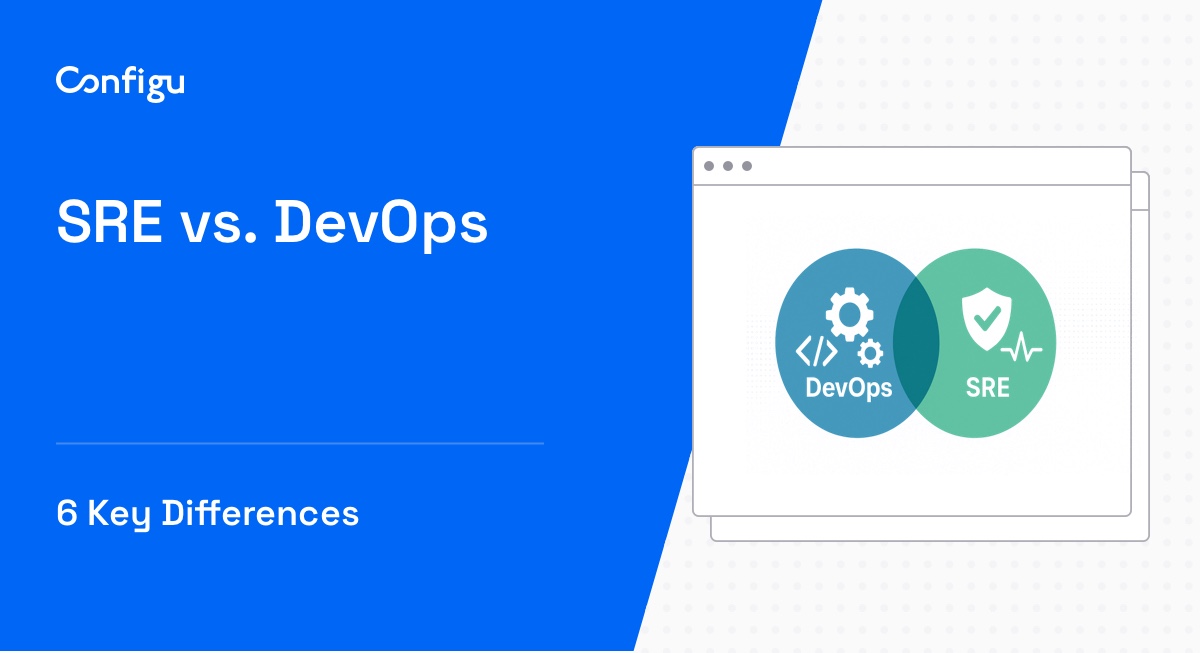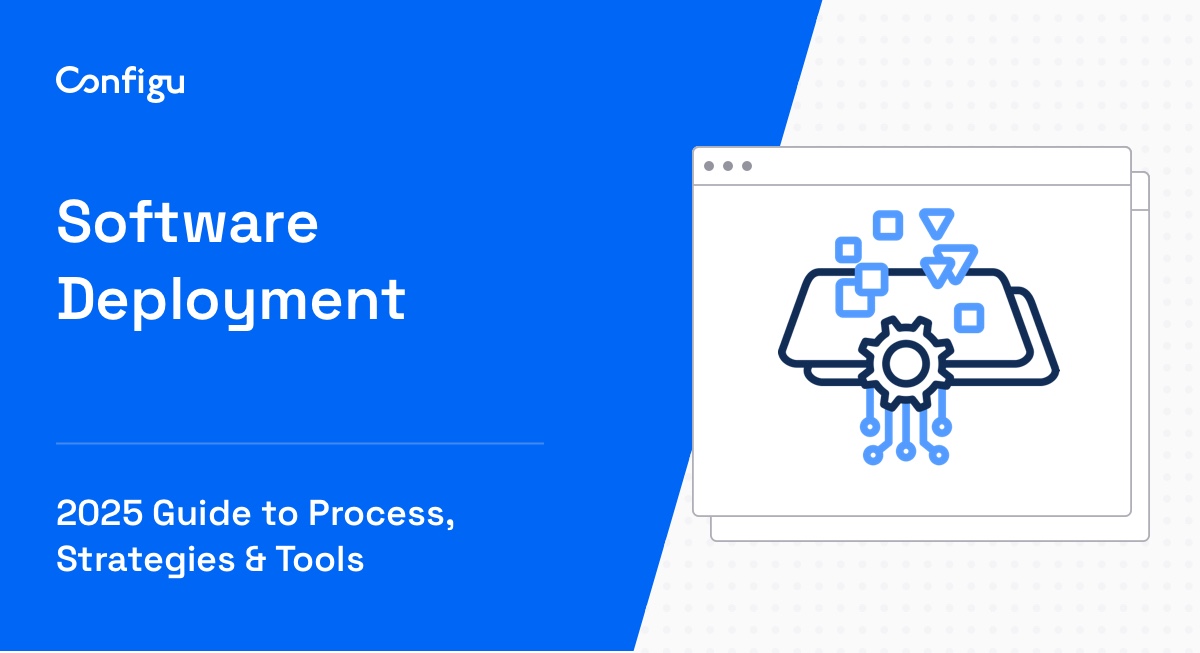In today’s fast-paced digital landscape, securing application configurations is crucial to protect sensitive data and ensure the integrity of our applications. One critical aspect often overlooked is the security of application configurations. Unauthorized access to configuration files can expose sensitive data and compromise the integrity of an entire system.
In this article:
In this blog post, we dive into the challenges associated with configuration management and explore the solution: authorization over configurations. By understanding the problem and implementing effective authorization mechanisms, we can strengthen our applications against security vulnerabilities.
The Significance of Authorization Over Configurations
Imagine a scenario where a misconfigured database credential or an exposed API key leads to a major data breach or service disruption. The consequences could be severe, resulting in financial loss, reputational damage, and compromised customer trust.
Unauthorized access to configurations can occur through various avenues, such as insecure storage, weak authentication mechanisms, or inadequate access controls. For example, if a database credential is mistakenly stored in a plaintext configuration file or if an API key is inadvertently exposed in a publicly accessible repository, unauthorized individuals or malicious actors can gain access to critical systems, compromising the confidentiality and integrity of the data.
The Current State: Where Most Systems Fall Short
Most existing systems offer binary authorization over configurations: developers either have full access or none at all. This all-or-nothing approach is restrictive, often making developers overly dependent on DevOps engineers for even minor configuration changes. The lack of granularity in access controls can lead to bottlenecks, slowing down development processes and increasing the risk of errors.
RBAC and ABAC: The Dynamic Duo of Configuration Authorization
Role-Based Access Control (RBAC) and Attribute-Based Access Control (ABAC) offer a nuanced approach to configuration management. With RBAC, users are assigned roles, each with its own set of permissions. For instance, a developer might have the ability to read configurations but not modify them, while a DevOps engineer might have full access.
ABAC, on the other hand, offers even finer granularity. Drawing a parallel to Google Drive, files (or in our case, configurations) can have permissions set based on attributes. A configuration related to database access, for instance, might be accessible only to back-end developers and not front-end developers.
Configu’s Innovative Approach
Configu provides both an open source project which implements configuration-as-code as well as a cloud service that is a purpose-built, modern config store. It stands out by integrating both RBAC and ABAC, offering a flexible and secure authorization system. This dual approach ensures that permissions can be tailored to fit any scenario, from granting broad access based on roles to setting specific permissions based on user attributes.
Granular Access Control: The Key to Secure Configurations
By defining precise permissions, Configu ensures that users access only the configurations they need. This granularity minimizes the risk of accidental changes or unauthorized access. Moreover, with Configu’s version control system, any changes made to configurations are tracked, allowing for easy rollback if necessary.
Auditing and Monitoring: Keeping a Watchful Eye
A robust authorization system is incomplete without proper auditing and monitoring. Configu logs every access and change, providing a clear trail of who did what and when. This transparency not only aids in security but also helps in compliance and troubleshooting.
Configu in Action: A Hypothetical Scenario
Imagine a large organization with multiple development teams, each working on different components of a vast application. With Configu, the lead developer of each team can be granted administrative rights for their team’s configurations, while individual developers have edit or view permissions based on their tasks. Meanwhile, a DevOps engineer can have overarching access to ensure smooth deployments. This scenario showcases how Configu’s advanced authorization can cater to complex organizational structures.
Conclusion
As applications continue to grow in complexity, the need for advanced configuration management tools like Configu becomes paramount. By offering granular access control, comprehensive auditing, and a blend of RBAC and ABAC, Configu sets the gold standard in configuration management.
For those keen on exploring the next frontier in configuration management, we invite you to try out Configu’s latest features and join our community on Discord. Together, let’s shape the future of secure, efficient, and developer-friendly configuration management.
Happy coding!


